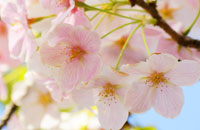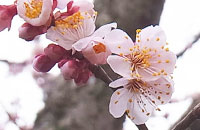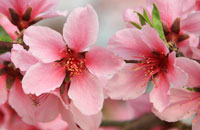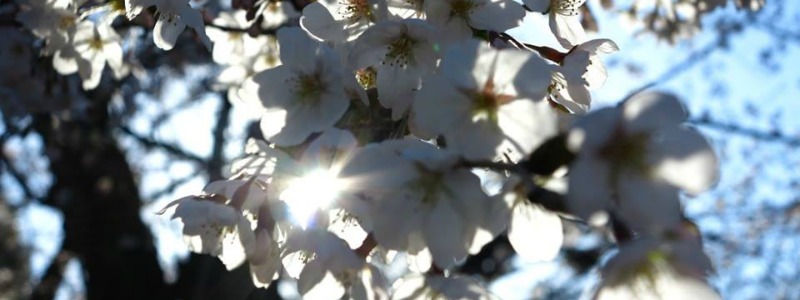Cherry Blossom Forecast: 18th March 2023 in Tokyo
Tokyo Metropolitan Government announced not for asking to refrain from having “Hanami Parties” at Tokyo Metropolitan Parks this year. Please check the detailed information for each park, since time and venues to be able to have “Hanami Parties” are limited.
Cherry blossoms are one of Japan’s most famous attractions in spring and can be seen all over the country – from the northern tip to the southern islands, in the mountains and by the water, among the busy skyscrapers and in the peaceful villages. The “front” known as Sakura Zensen appears above the south western seas in mid March and moves northwards over a span of roughly 2 months, reaching the northernmost regions of the country in early May. Sakura Spectacles invite you to explore the Japanese spring beauty by introducing basic facts, famous viewing spots and related events.
Season
The earliest cherry blossoms bloom in late January in the Okinawa islands. This is the Kanhizakura kind, and looks quite different from the ones seen in the mainland. In warmer regions other than Okinawa – such as Kyushu, Shikoku and the coastal areas of south-western Japan – cherry blossoms generally start blooming in mid to late March and reach full bloom in early April. In inland regions and coastal regions facing Sea of Japan, you see the blossoms about 10 days later, and in southern area of Tohoku, it is in mid April. In late April to early May, the “front” reaches northern Tohoku and Hokkaido. Except for Okinawa, Kochi and Shizuoka Prefectures are the first to have the blossoms.
Forecast
Until a couple of years ago, the Japan Meteorological Agency officially made the blossoming forcast (Kaika Yoso) and gave the official “blossoming” announcement (Kaika Sengen), but today, several private businesses provide the blossoming forecast. In making the forecast, the term “blossoming” (Kaika) is defined as when about one to five or six blossoms bloom on one designated tree (Someiyoshino kind) blooms (definitions slightly differ by organization). “Full bloom” (Mankai) is when over 80% of the blossoms on a single tree blooms, and in the case of Kanto Region, it takes roughly one week to reach full bloom from the first blossoming.
For cherry blossom forecast in English, check the Japan National Tourism Organization website .
Cherry Blossoms
 Cherry blossoms generally bloom in late March to April, with the exception of early kinds that bloom in February or even January. Because of the long stalks and the rich number of flowers, they look like pompons falling from the branches and present a gorgeous appearance. Also, cherry trees tend to have more blossoms towards the end of the branch. The tip of each petal has a small slit.
Cherry blossoms generally bloom in late March to April, with the exception of early kinds that bloom in February or even January. Because of the long stalks and the rich number of flowers, they look like pompons falling from the branches and present a gorgeous appearance. Also, cherry trees tend to have more blossoms towards the end of the branch. The tip of each petal has a small slit.
Plum Blossoms
 Among these three, plum blossoms bloom first, starting in February. Unlike cherry and peach, plum blossoms do not have stalks so the blossoms directly blossom on the branch. Each joint in the branch has only one bud so the branch looks relatively spacious, even more so towards the end of the branch. The petals are round as compared to cherry or peach blossoms.
Among these three, plum blossoms bloom first, starting in February. Unlike cherry and peach, plum blossoms do not have stalks so the blossoms directly blossom on the branch. Each joint in the branch has only one bud so the branch looks relatively spacious, even more so towards the end of the branch. The petals are round as compared to cherry or peach blossoms.
Peach Blossoms
 Peach blossoms do have stalks but they are very short so they look more like plum blossoms than cherry blossoms. However, they seem just a little more voluminous than plum since peach puts on two buds per joint and also because it has blossoms on the whole branch. Petals are longer and sharper than the other two, with no slits.
Peach blossoms do have stalks but they are very short so they look more like plum blossoms than cherry blossoms. However, they seem just a little more voluminous than plum since peach puts on two buds per joint and also because it has blossoms on the whole branch. Petals are longer and sharper than the other two, with no slits.
